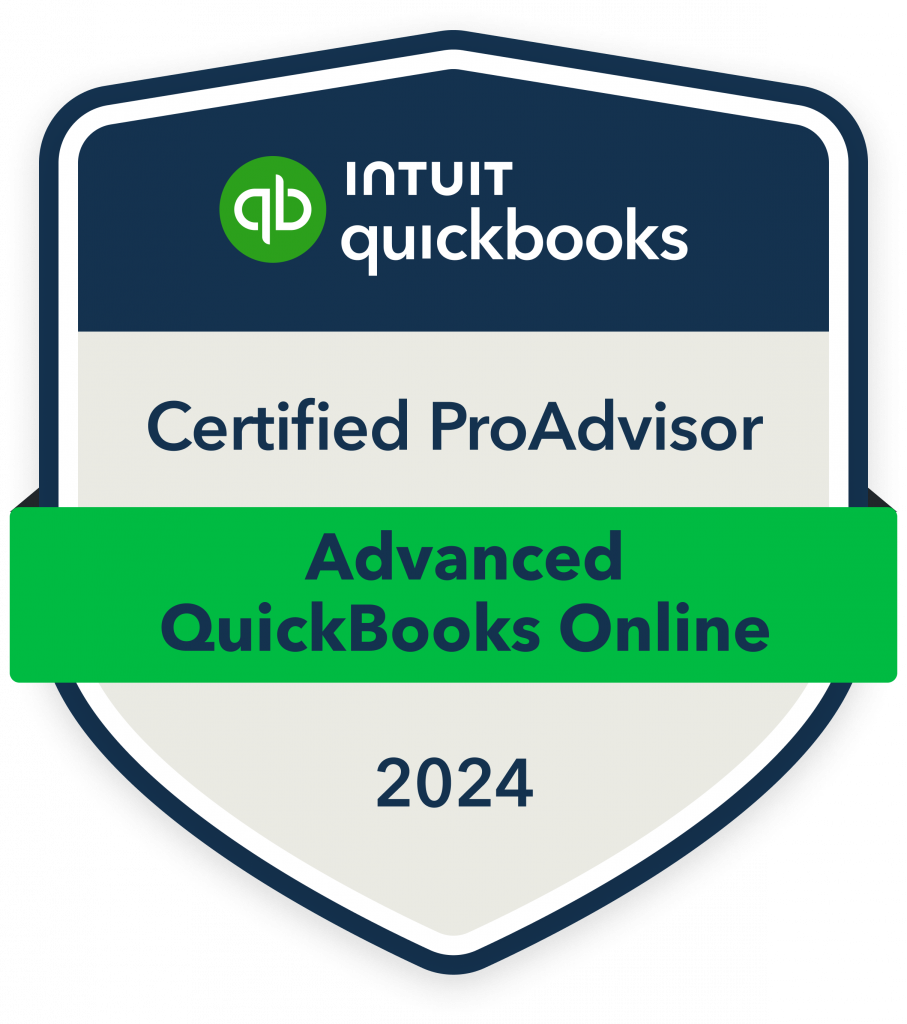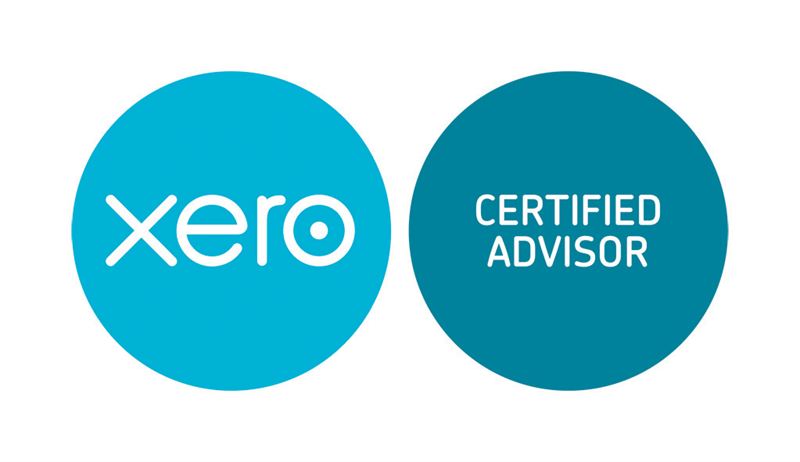
Understanding Cash Flow Forecasts: A Guide for Small Business Owners
Running a business is more than just making sales—it’s about managing your finances effectively. One of the most essential tools for achieving this is a cash flow forecast. This simple document can help you stay on top of your financial position, avoid surprises, and ensure your business remains financially healthy. In this blog, we’ll explore what a cash flow forecast is, why it’s essential, and how to create one for your UK-based business.
What is a Cash Flow Forecast?
A cash flow forecast is a financial tool that predicts the movement of cash into and out of your business over a set period. Unlike an income statement or profit and loss report, which focuses on past performance, a cash flow forecast focuses on future financial activity. It provides an estimate of the cash available at any given time, helping you plan for future expenses or identify potential shortfalls before they become a problem.
Why is a Cash Flow Forecast Important?
1. Prevents Cash Shortages: Even if you have strong sales, cash flow issues can arise if your customers delay payments or if expenses exceed your expectations. A cash flow forecast helps you anticipate when cash might run low and allows you to take action to avoid running into financial difficulties.
2. Improves Financial Decision-Making: With a clear view of when cash will come in and when it will go out, you can make better business decisions. This includes managing spending, prioritising payments, and deciding whether to reinvest in your business or pay down debt.
3. Aids in Securing Funding: Whether you’re applying for a small business loan or seeking investment, a solid cash flow forecast demonstrates to lenders and investors that your business is financially sound. It shows you understand your cash needs and are capable of managing them effectively.
4. Helps You Stay Tax-Ready: As a UK business owner, it’s important to ensure that you have enough cash to cover taxes, including VAT, corporation tax, and National Insurance contributions. A cash flow forecast helps you plan for these outgoings and avoid surprises at tax time.
5. Identifies Problems Early: Cash flow forecasting can help you spot trends or potential problems before they become urgent. For example, if you anticipate a shortfall in a particular month, you can plan ahead by securing financing or adjusting your spending to cover the gap.
How to Create a Cash Flow Forecast
Creating a cash flow forecast for your UK business is straightforward, especially if you follow these basic steps:
1. Choose Your Time Period
Most small businesses in the UK use **monthly** cash flow forecasts, but you can create forecasts for shorter or longer periods depending on your business. If your cash flow is particularly seasonal, you may want to create more frequent or detailed forecasts.
2. Estimate Cash Inflows
Start by predicting all the cash your business will receive during the forecast period. This includes:
– Sales Revenue: Money expected from selling goods or services. Be realistic, especially if customers tend to pay late or if you’re unsure about future sales.
– Loans or Investments: Any cash injections from loans, grants, or investors.
– Other Inflows: Other sources of cash, such as tax refunds or advances from customers.
3. Estimate Cash Outflows
Next, estimate all the expected outflows during the period. These typically include:
– Operating Expenses: Rent, utilities, software subscriptions, and other regular costs.
– Salaries and Wages: Payments to employees, including yourself.
– Suppliers and Vendors: Payments for products or services you’ve purchased for your business.
– Taxes: Include VAT, corporation tax, National Insurance contributions, and any other tax liabilities.
– Loan Repayments: Any scheduled loan repayments or debt servicing costs.
4. Calculate Your Net Cash Flow
Subtract your total outflows from your inflows to calculate your net cash flow for the period. If your inflows exceed your outflows, you’ll have a positive cash flow, while a negative net cash flow indicates a potential cash shortfall.
5. Track Your Opening and Closing Balances
For each period, track your opening balance (how much cash you have at the start of the period) and your closing balance (how much cash you will have at the end of the period). This helps you monitor your cash position and track progress over time.
Tips for Managing Cash Flow
– Maintain a Buffer: Aim to keep a buffer of cash reserves—around 1-2 months’ worth of operating expenses—so you can manage unforeseen circumstances, such as delays in payments from customers.
– Invoice Promptly: In the UK, late payments are a common issue. Send invoices as soon as possible, and consider adding late payment terms to encourage prompt payment. You may also want to offer early payment discounts to incentivise faster payments.
– Manage Taxes and VAT: The UK has specific tax deadlines, including VAT returns and corporation tax filings. A cash flow forecast will help you plan for these payments so you’re not caught off guard by large tax bills.
– Review Expenses Regularly: Continually assess your costs and look for areas where you can reduce spending without affecting your service quality. For example, negotiating better terms with suppliers or reviewing your business rates could free up extra cash.
– Use Accounting Software: UK businesses can benefit from using accounting tools such as QuickBooks, Xero, or FreeAgent to track cash flow more efficiently. These tools can automate some of the calculations and help you stay organised.
Example of a Simple Cash Flow Forecast for UK Businesses
| Month | Opening Balance | Cash Inflows | Cash Outflows | Net Cash Flow | Closing Balance |
|———–|———————|——————|——————-|——————-|———————|
| January | £5,000 | £12,000 | £9,000 | £3,000 | £8,000 |
| February | £8,000 | £10,000 | £8,500 | £1,500 | £9,500 |
| March | £9,500 | £15,000 | £12,000 | £3,000 | £12,500 |
Conclusion
A cash flow forecast is a crucial tool for any small business owner. It helps you stay on top of your finances, anticipate cash shortfalls, and ensure that you have the resources to cover essential expenses like taxes, wages, and supplier payments. By regularly updating your forecast, you can make informed decisions, avoid financial surprises, and keep your business on track for long-term success.
If you have any questions or need help creating your cash flow forecast, don’t hesitate to reach out or seek advice from Webstones Tax today can help secure your business’s financial future.
—
Feel free to leave any questions in the comments or contact us for further assistance with your cash flow planning!




